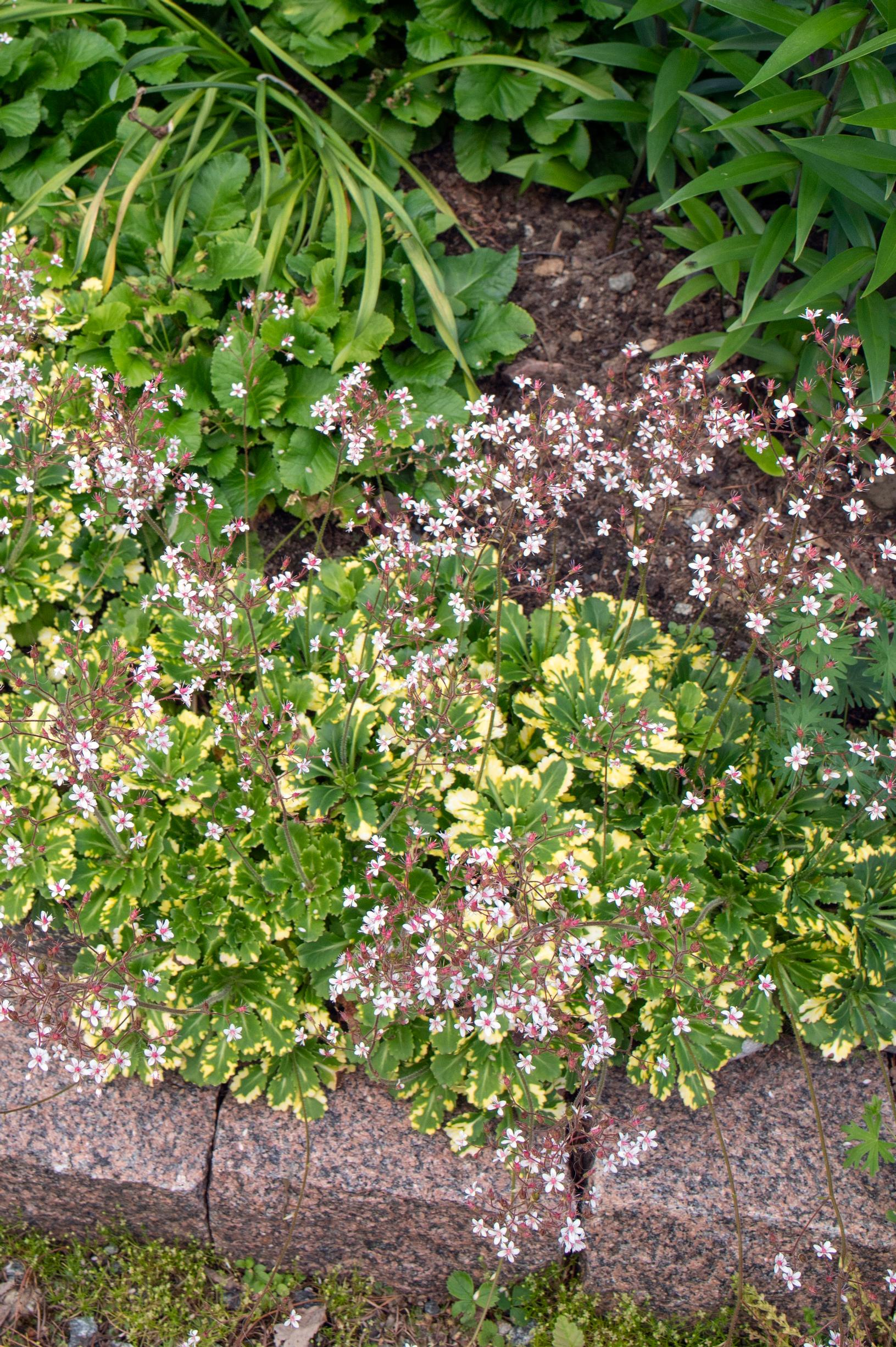
1,500 different species thrive in this plant collector’s garden—stone borders keep the beds in shape and make maintenance easier
Finnish Kaija Turunen is always on the hunt for rare plants to enrich her garden in Juuka. She named her lush oasis Sinikämmen, Finnish for Japanese wood poppy, after her favorite plant.
“For me, the most important things in the garden are working and strolling around. I basically weed throughout the entire frost-free season. A new challenge has been the increased need for watering, as summer droughts have clearly become more common. That’s a big change. You can’t control the weather, but otherwise you can do quite a bit to help plants thrive. If a certain species doesn’t do well, I try to figure out why.”
Over the past 30 years, the garden has gradually taken shape, and its basics have settled into place. I’m pleased, for instance, with the shapes of the plant groupings. I never learned proper edging, but the edging stones keep the borders tidy and make maintenance easier. I only need to make changes when the light conditions shift as trees grow or are cut down. The toughest task is definitely getting rid of ground elder, but I can only blame myself for that. I brought all these plants here, and at the time I didn’t realize I needed to be firmer about removing them. I also keep creeping bellflower and lesser celandine under control.
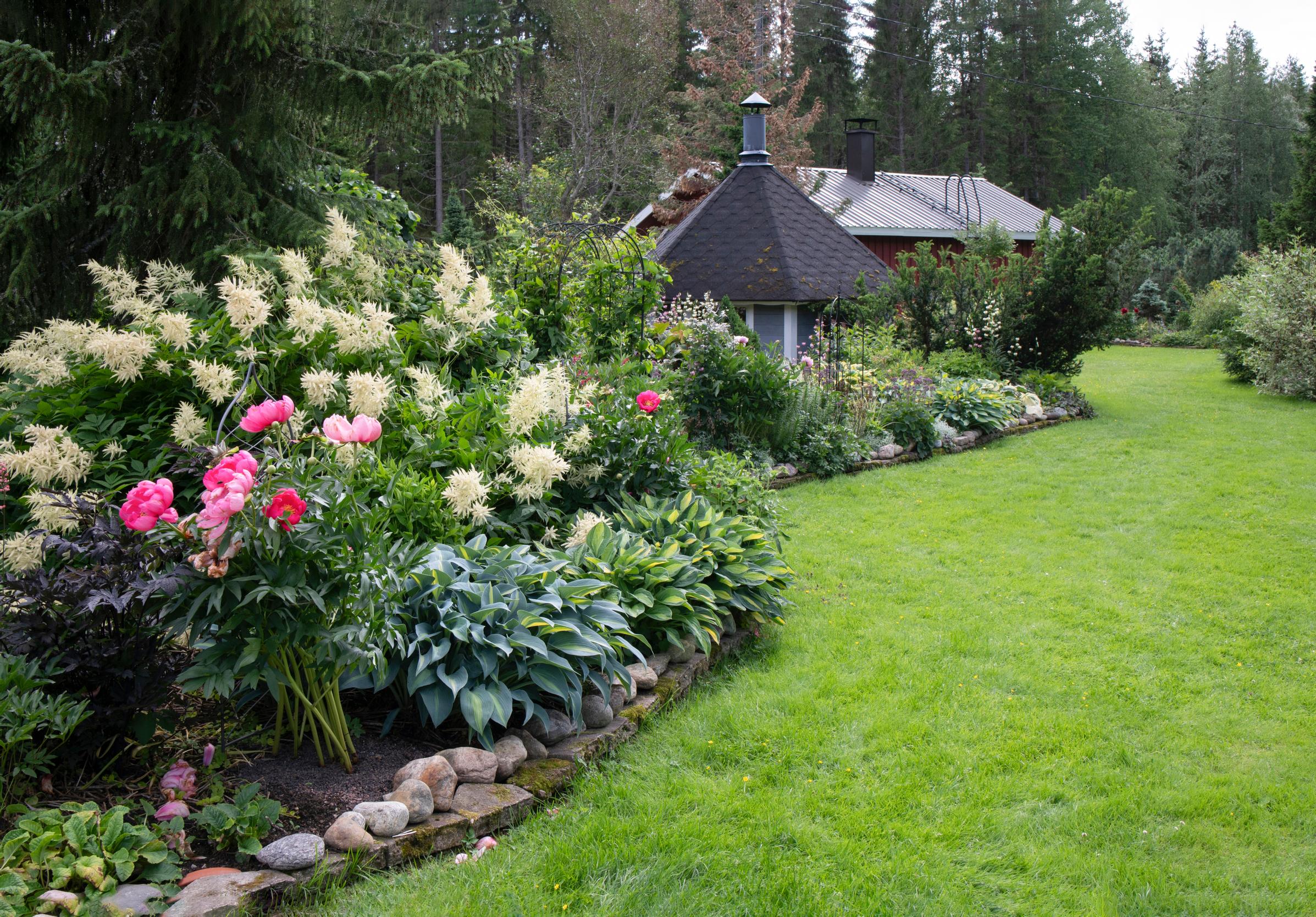
What: The garden of Kaija Turunen and Erkki Kallinen in Juuka
Size: Garden 3,000 m² + arboretum 0.5 ha
Soil: Moraine
Special features: A plant collector’s garden
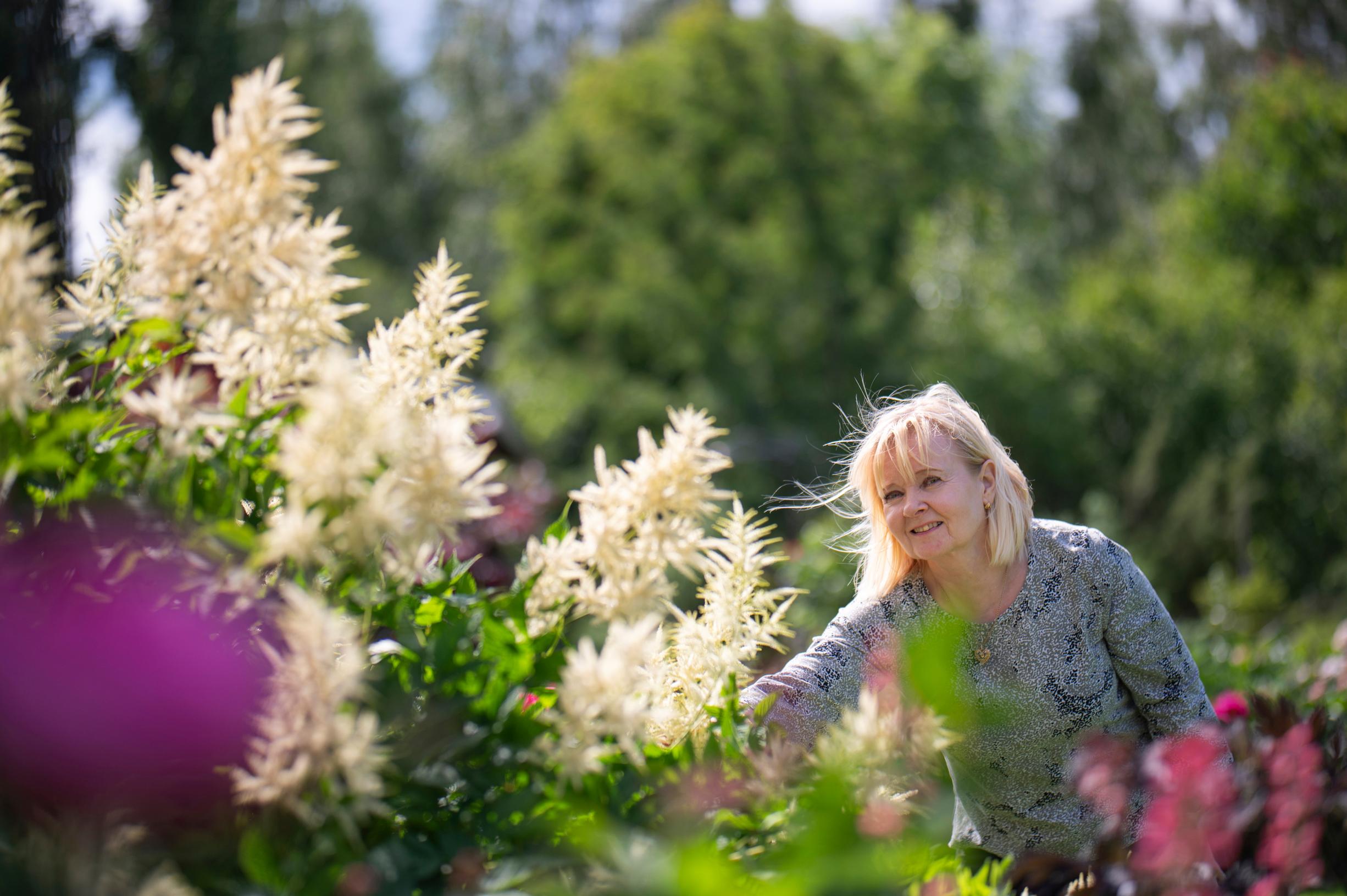
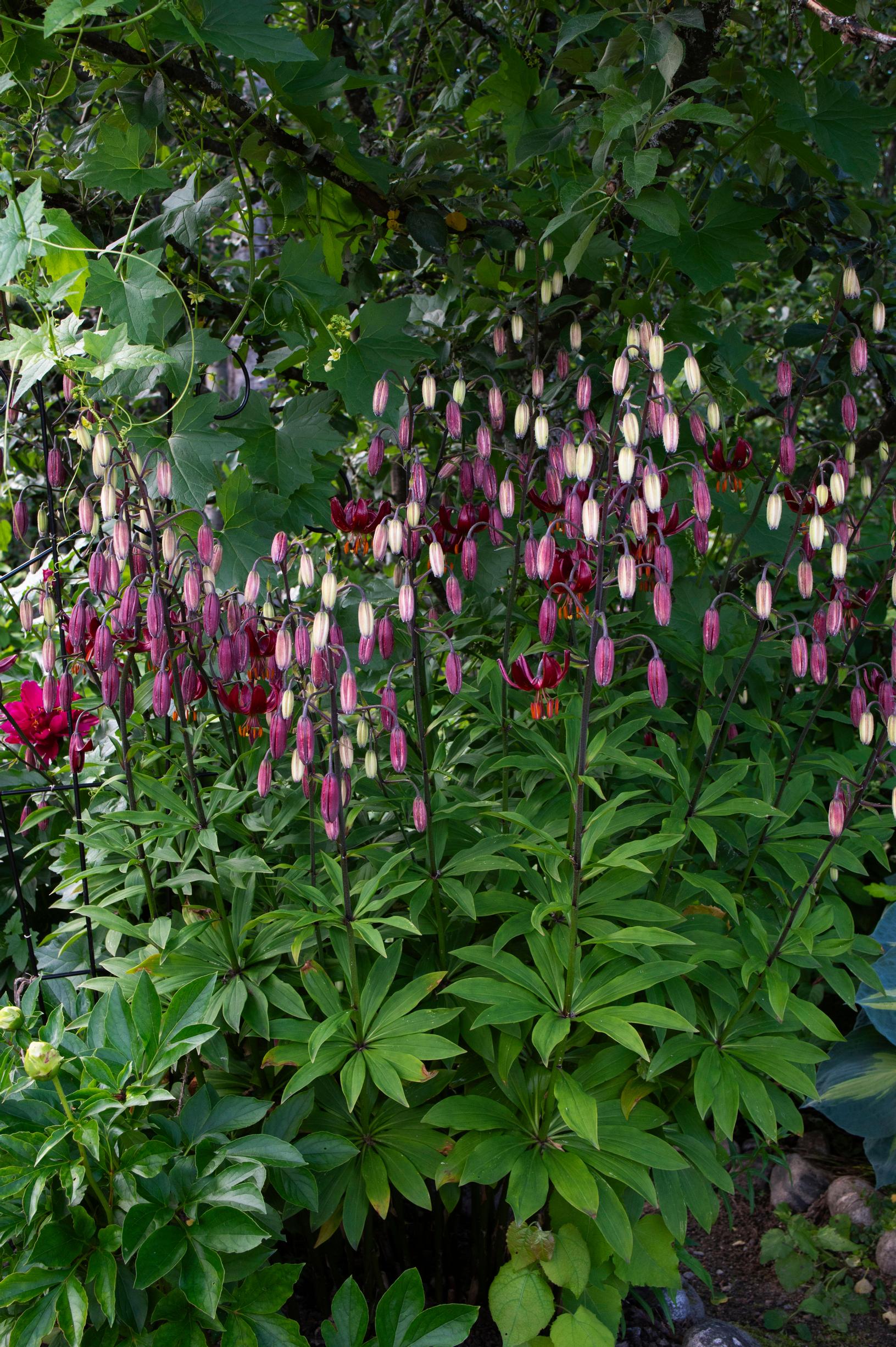
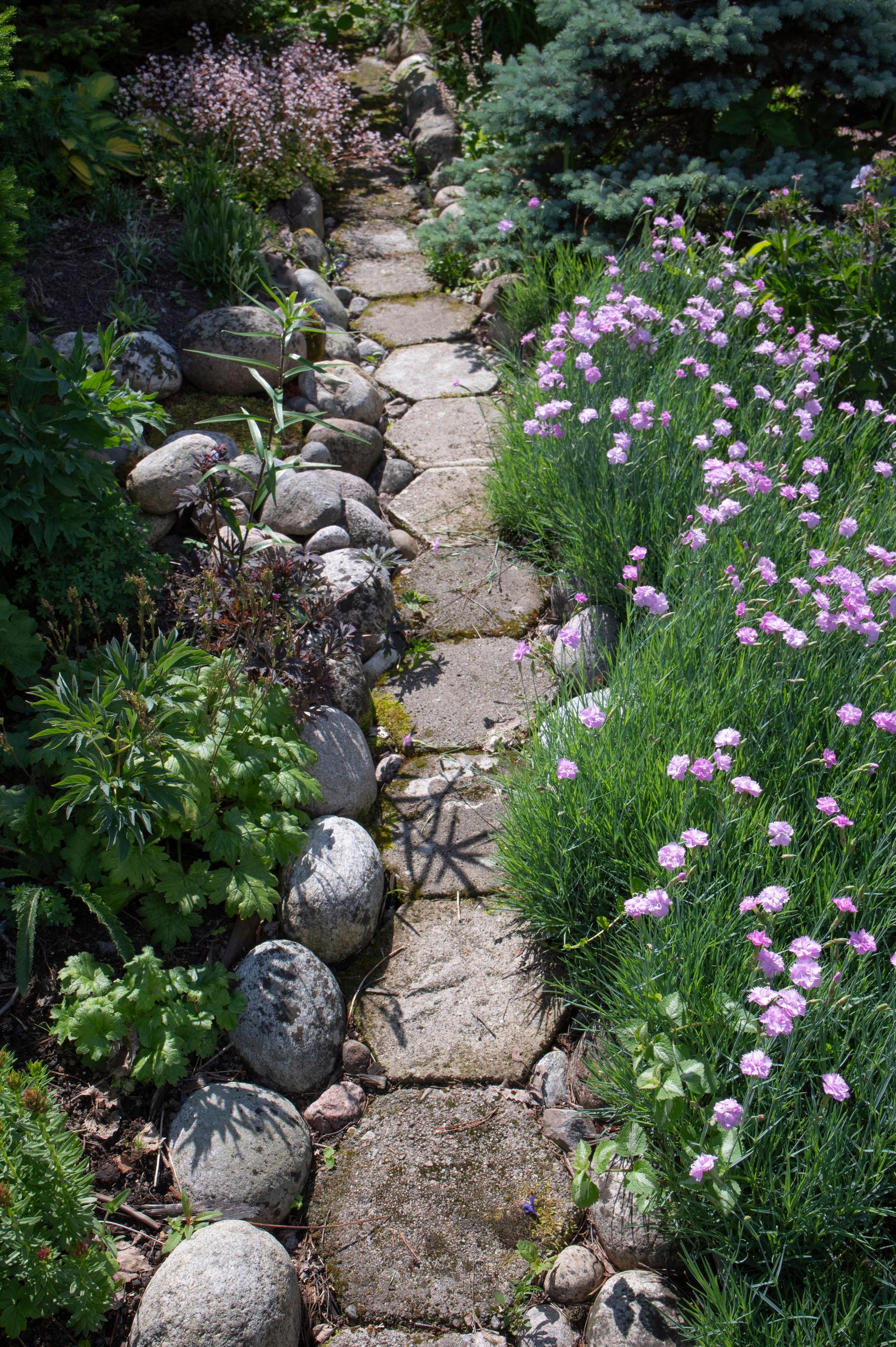
I named my garden Sinikämmen after my favorite plant. Currently, the garden has about 1,500 different plants, and I find the most delight in around half a dozen varieties of Trilliums or wake-robins. I’ve acquired many types from Estonia, and I’ve also found plenty of great plants at the Riga Market and the Sigulda plant fair in Latvia. I do regret not considering foreign plant purchases back in the 1990s.
Some of my other favorite perennials include hostas, pasque flowers, Siberian irises, bugbanes, gentians, and primroses, especially the double-flowered forms. My peony selection is almost maxed out; now I’m drawn to lady’s slippers, orchids, and rarer shade perennials. The garden is a way of life for me—I don’t know what I’d do without it.
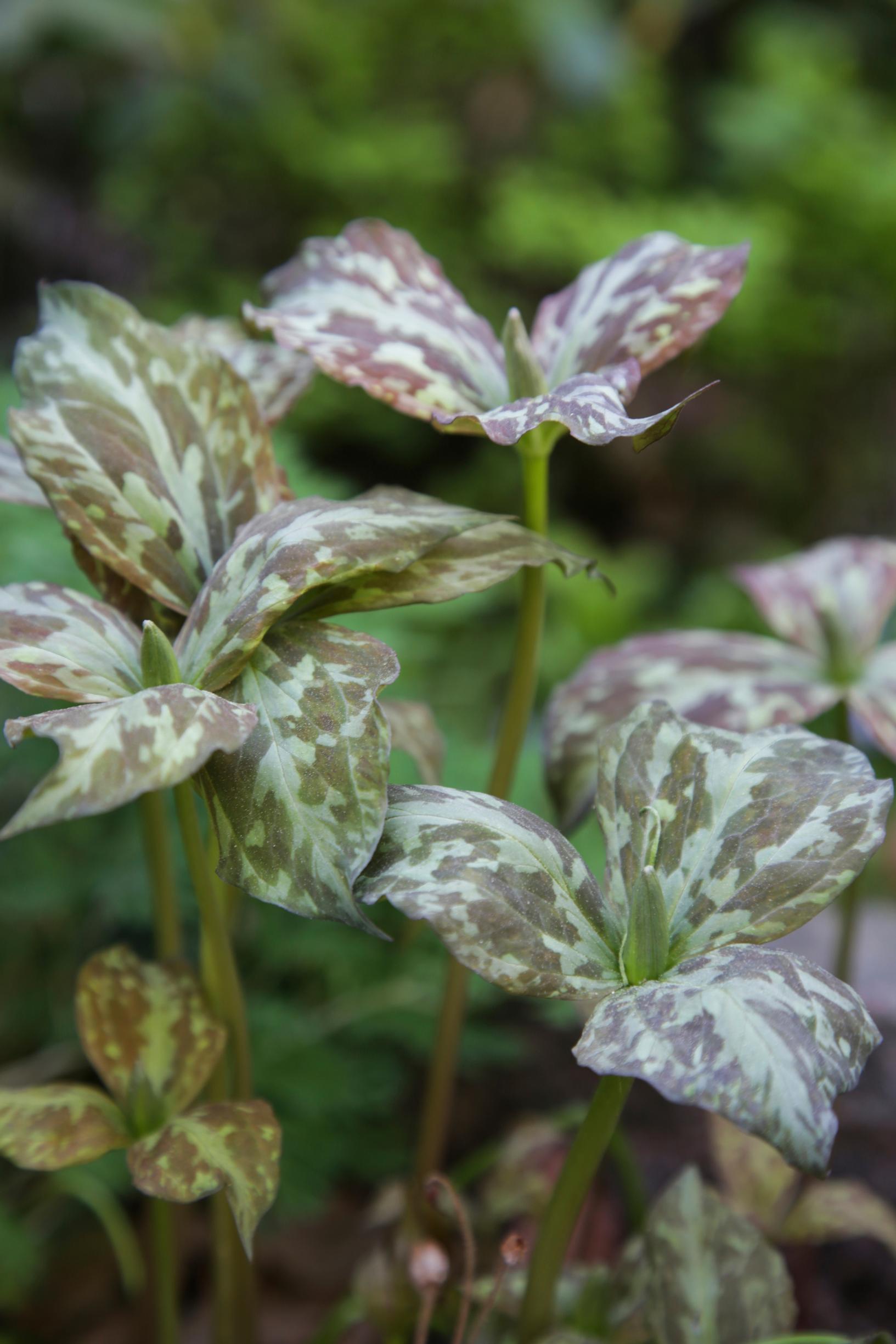
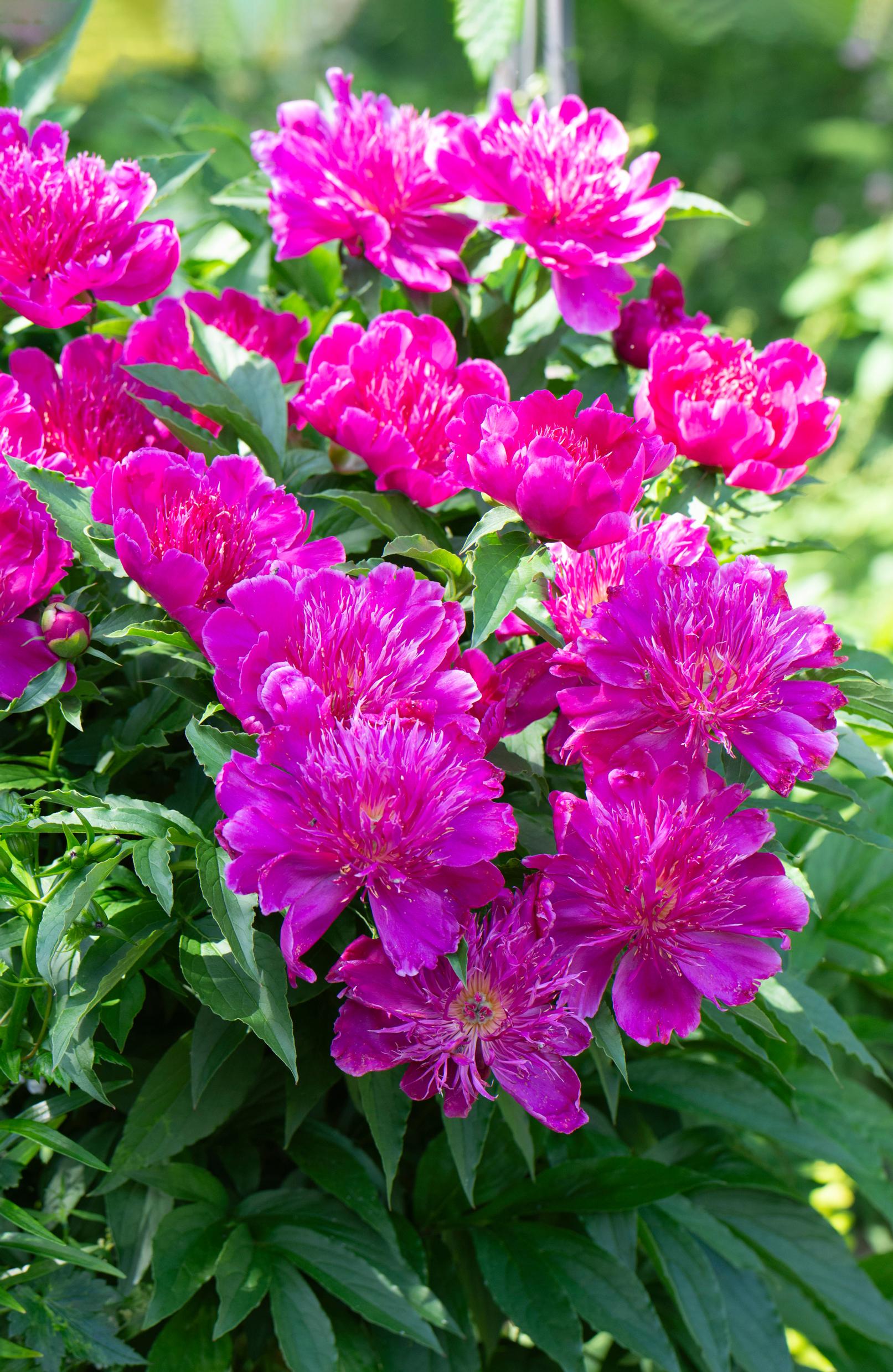
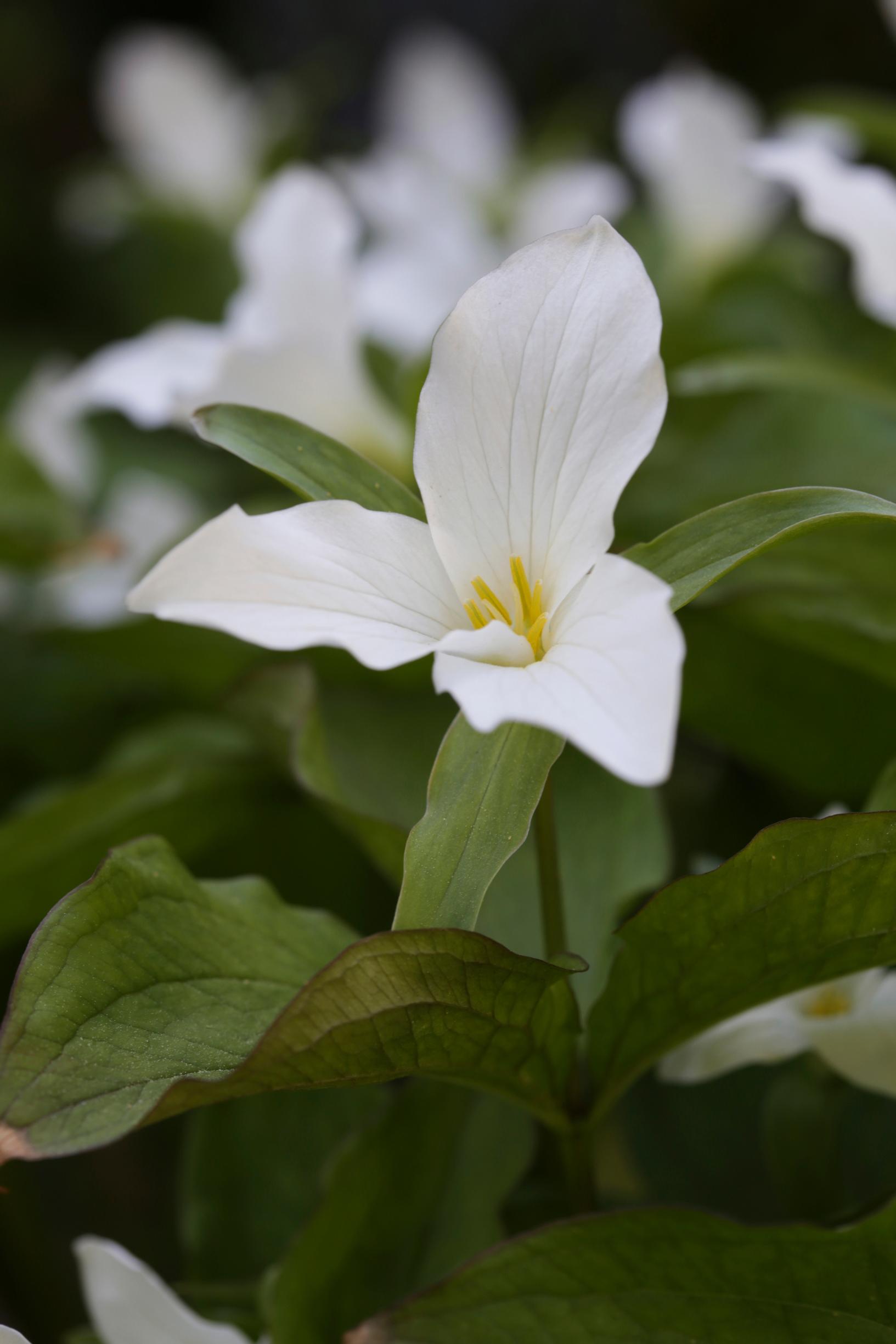
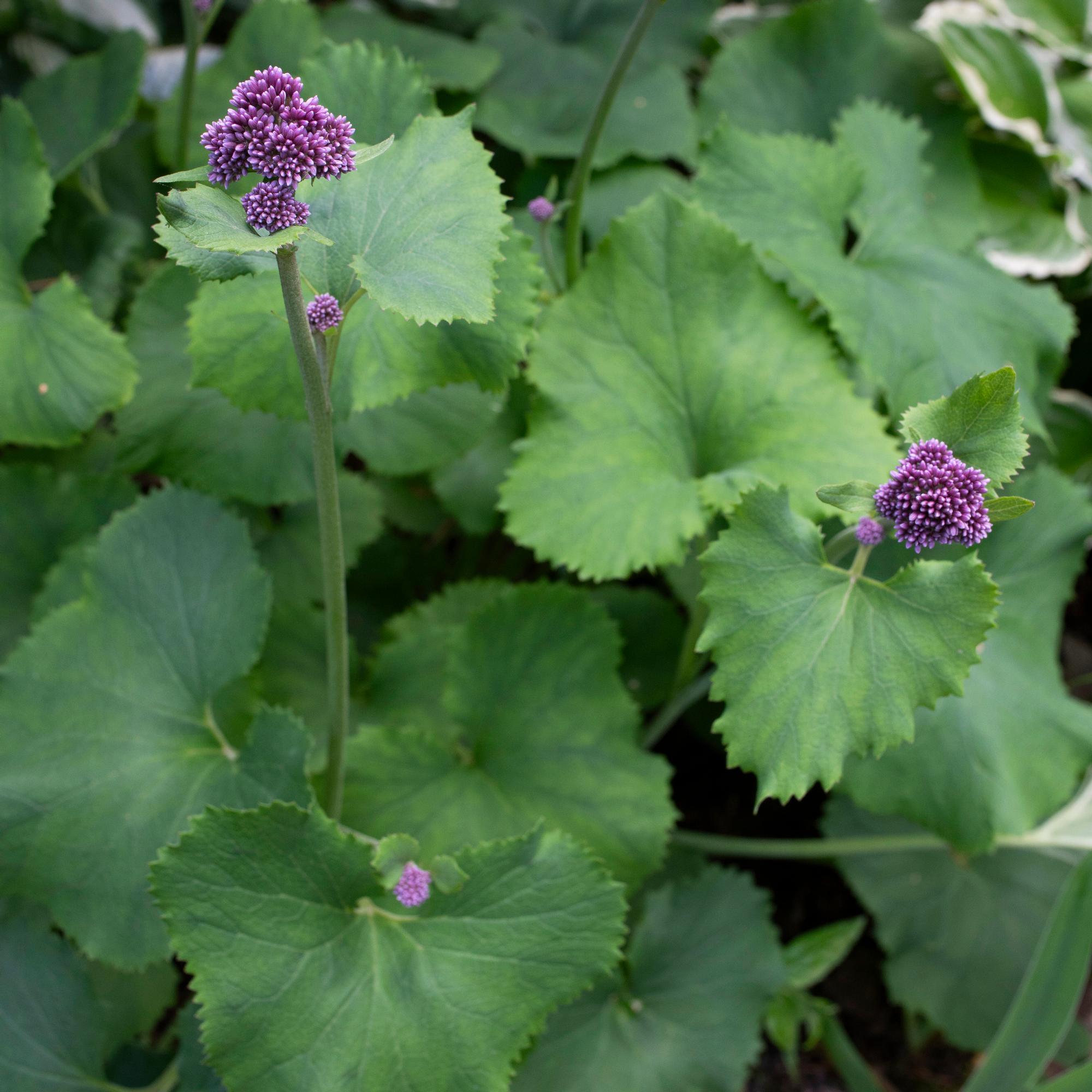
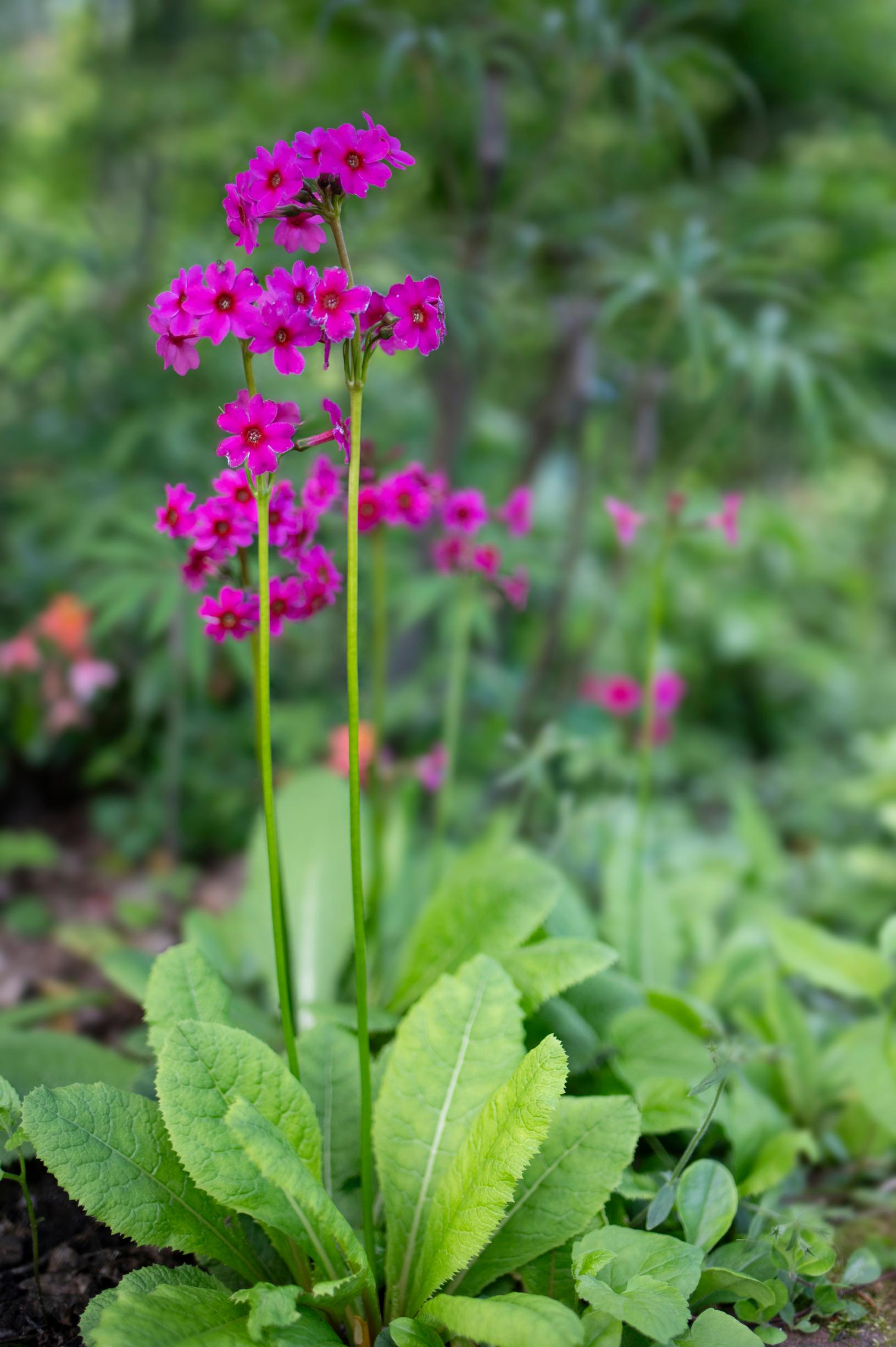
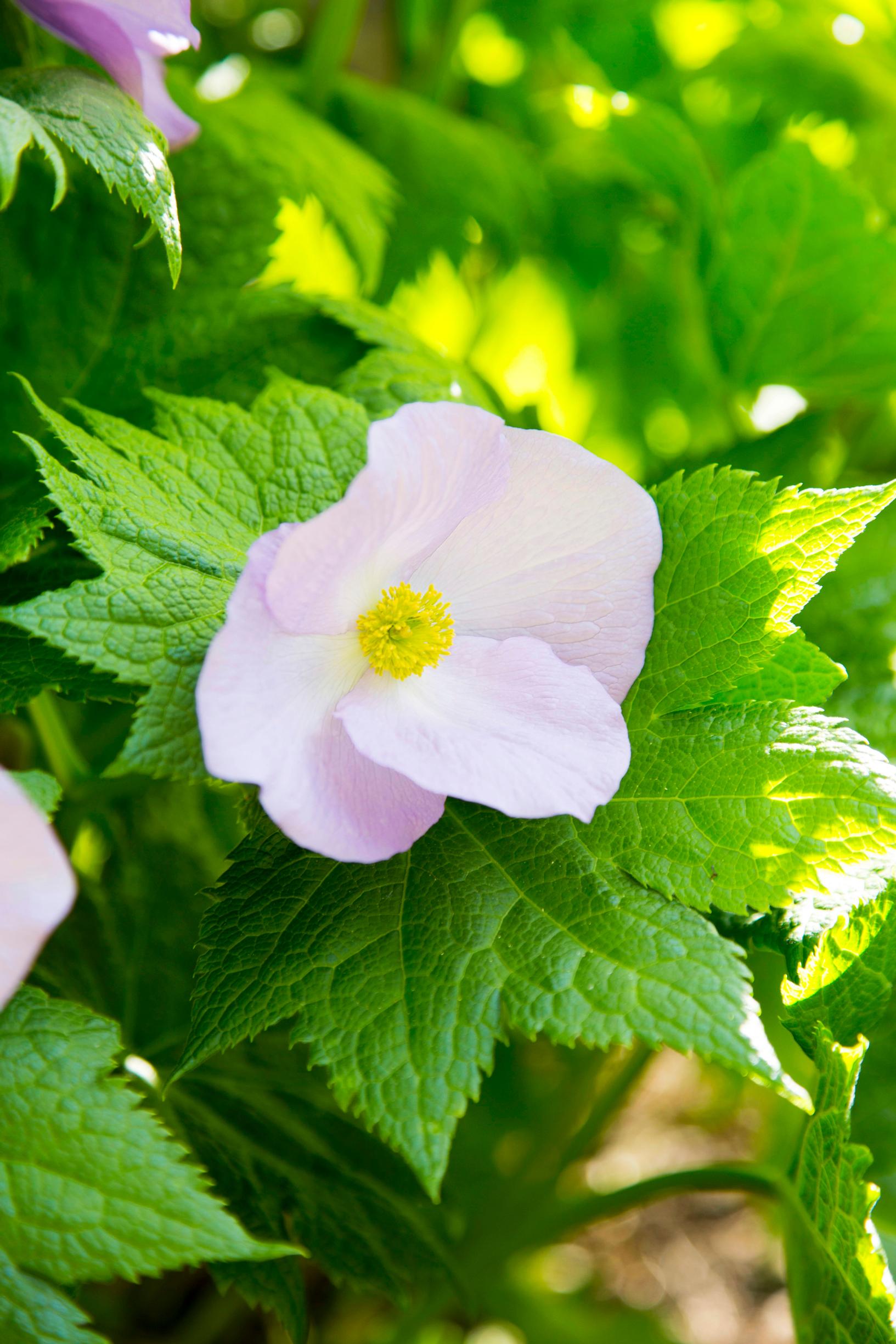
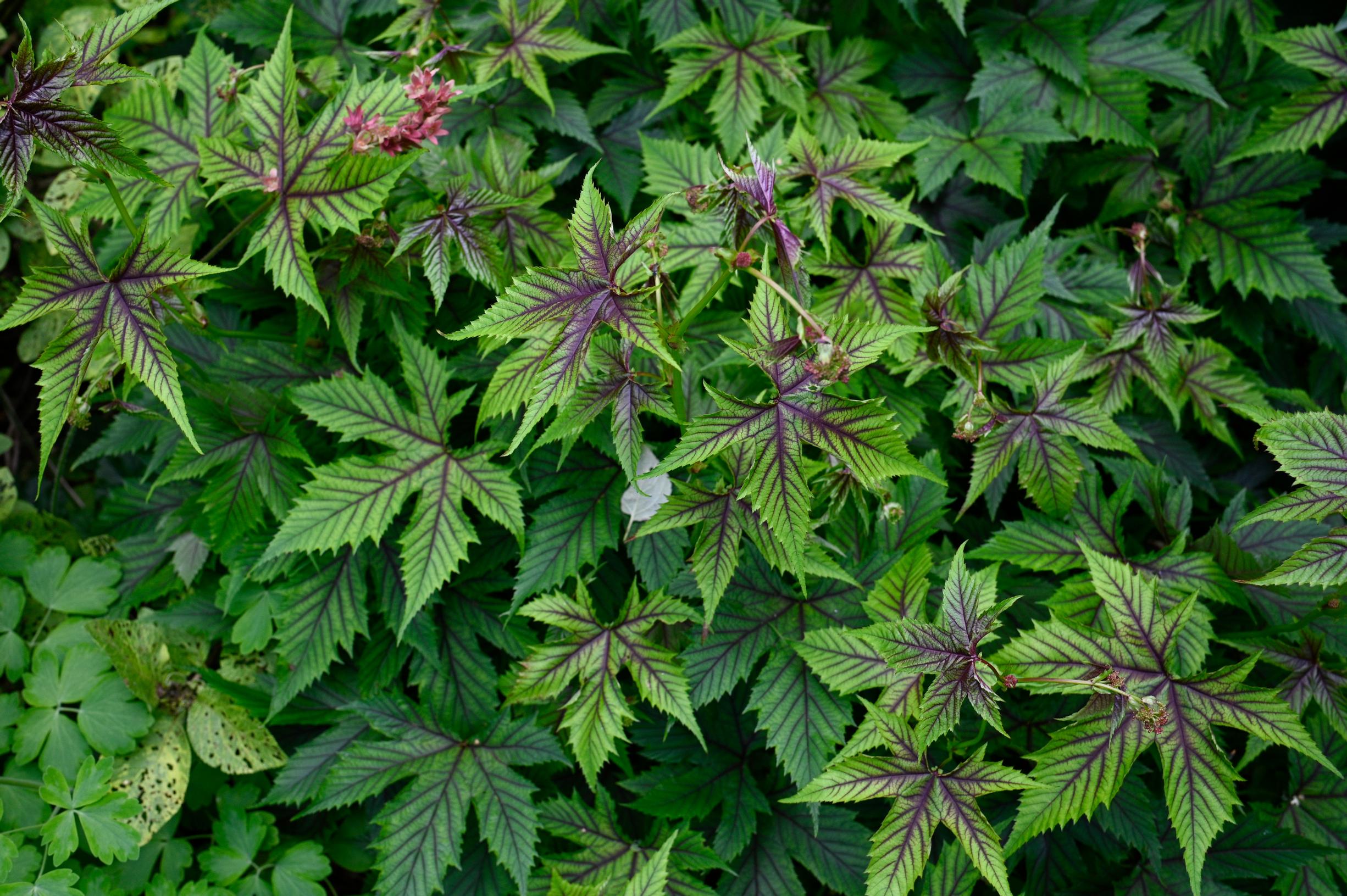
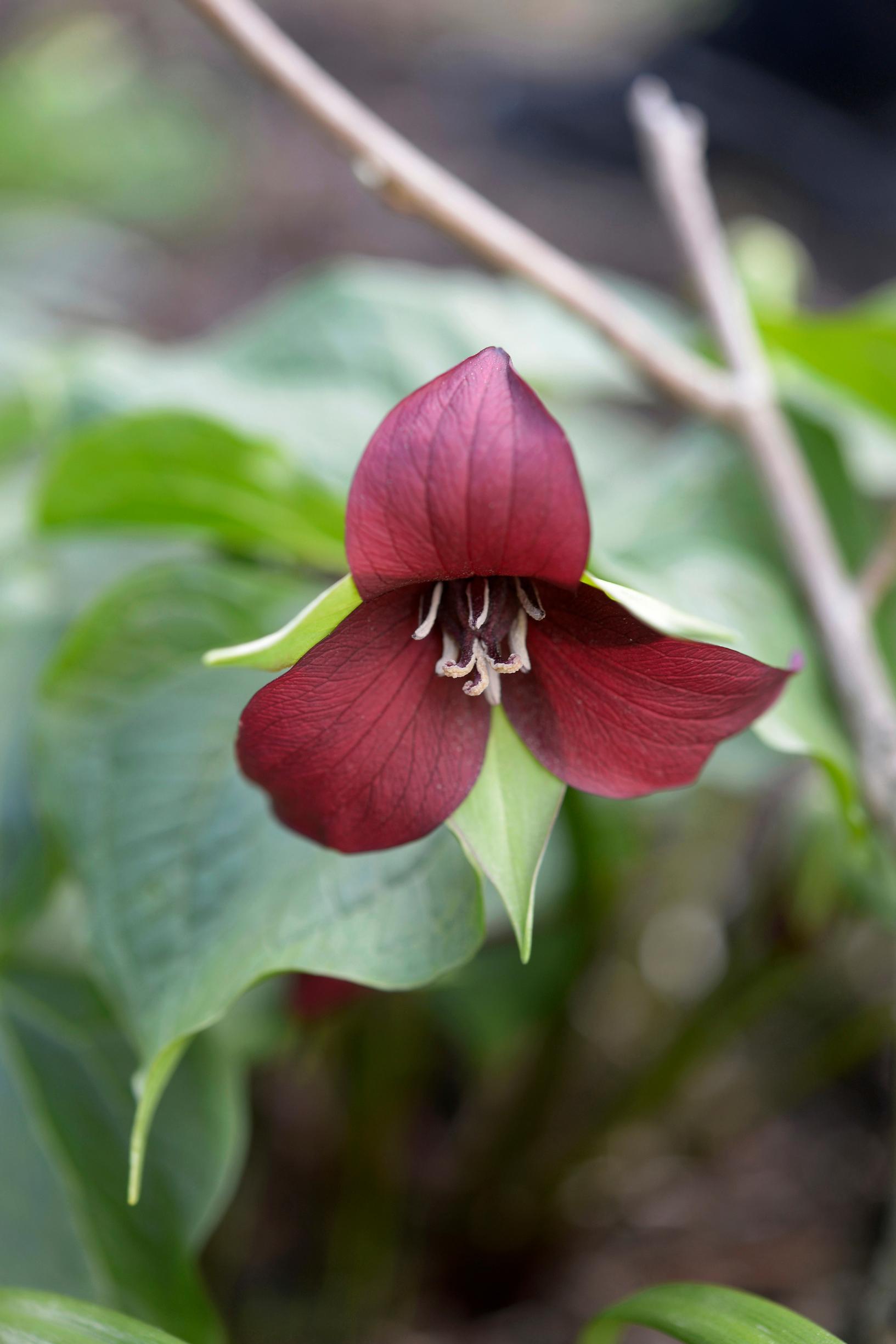
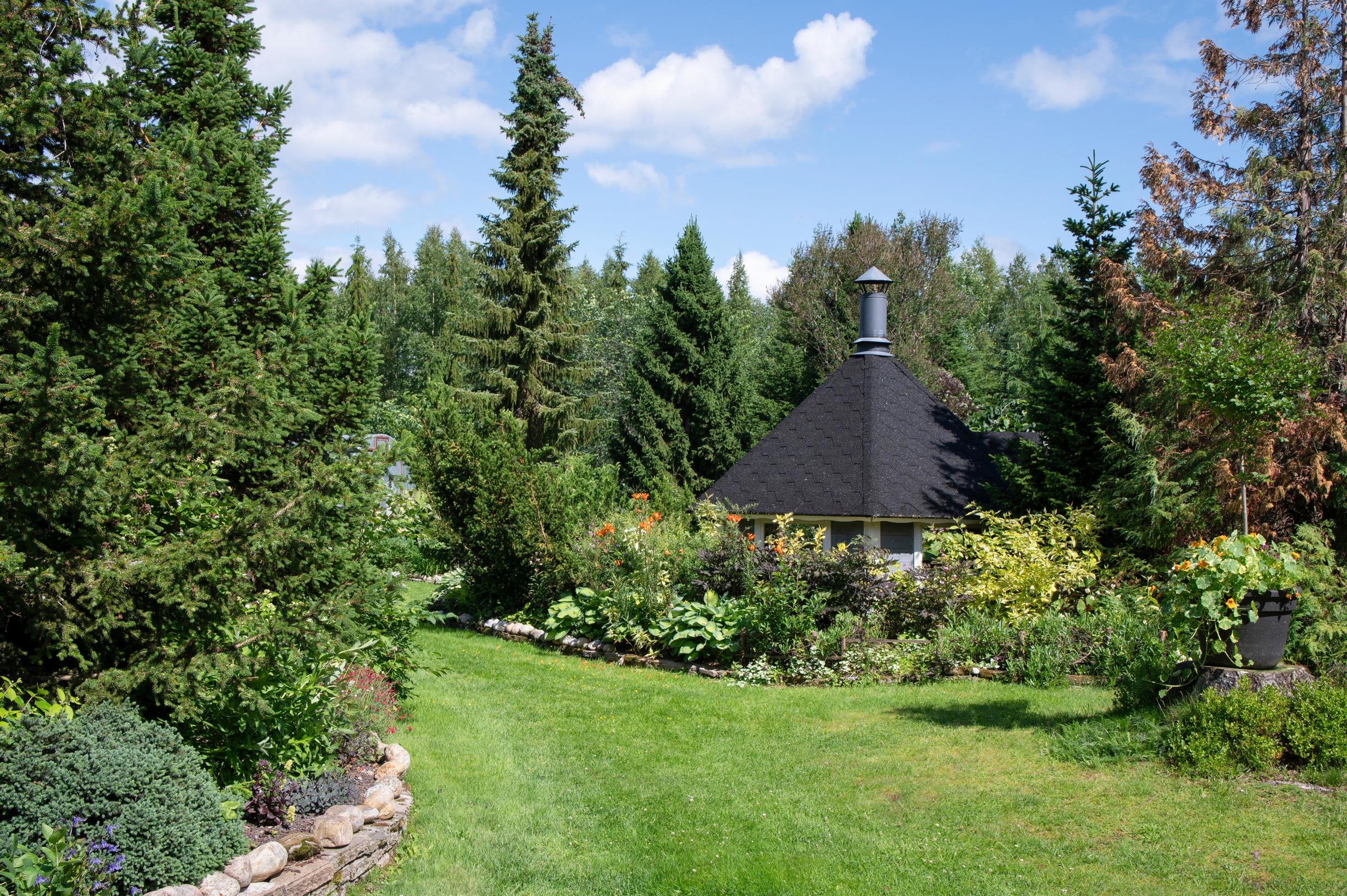
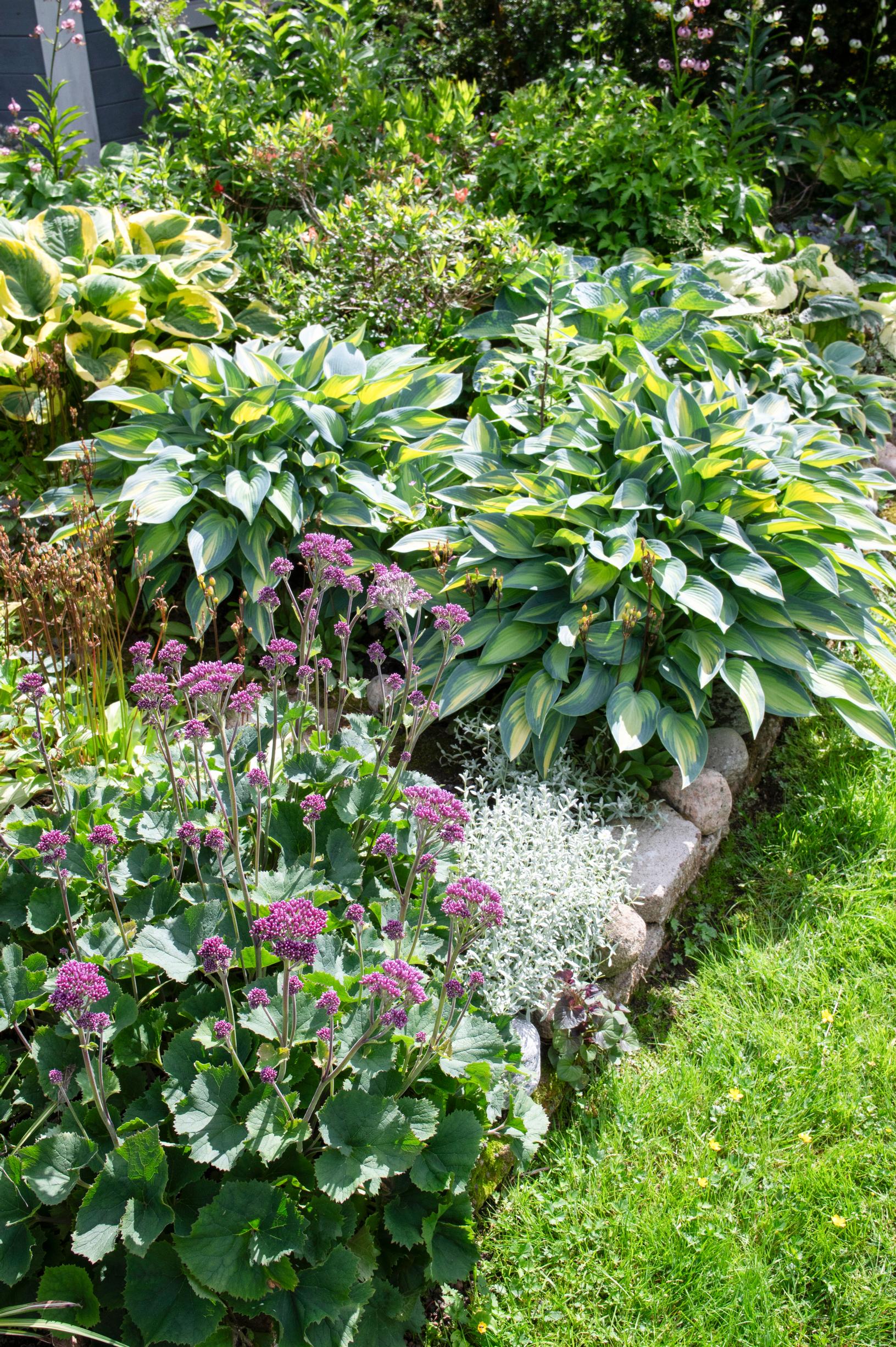

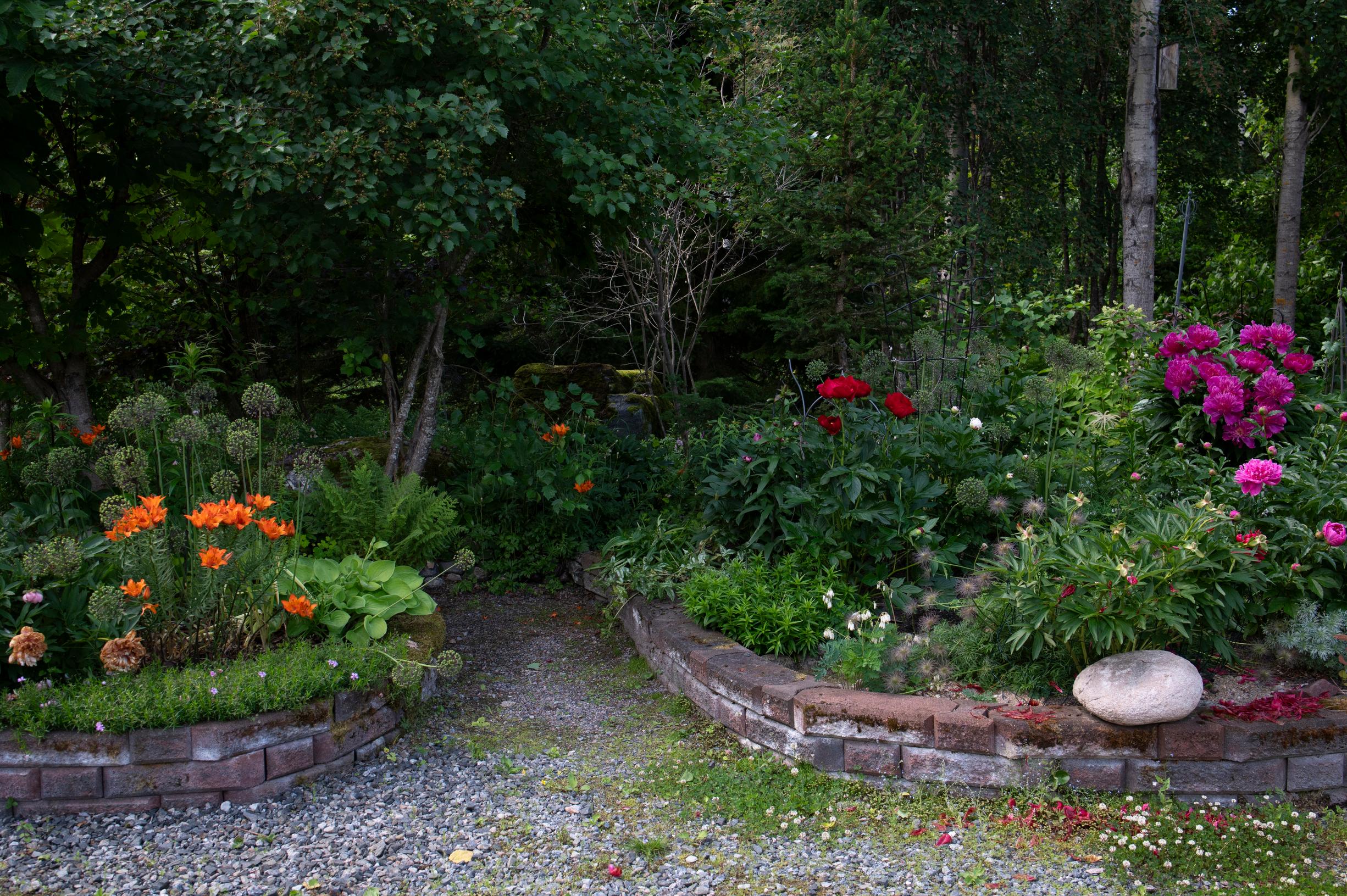
Kaija’s tips for choosing and arranging plants
1. Make sure it’s suitable
Learn about a plant’s requirements and ensure you can provide the right conditions. Plant delicate species in a raised bed and lighten the soil with sand or lightweight gravel.
2. Play with color
Combine similar hues in a single planting or create contrast with complementary colors. For instance, blue and orange or purple and yellow are striking pairs. The brightness of a color matters too—bright or lime-tinted yellow feels entirely different. A perennial bed’s color palette can shift over the growing season.
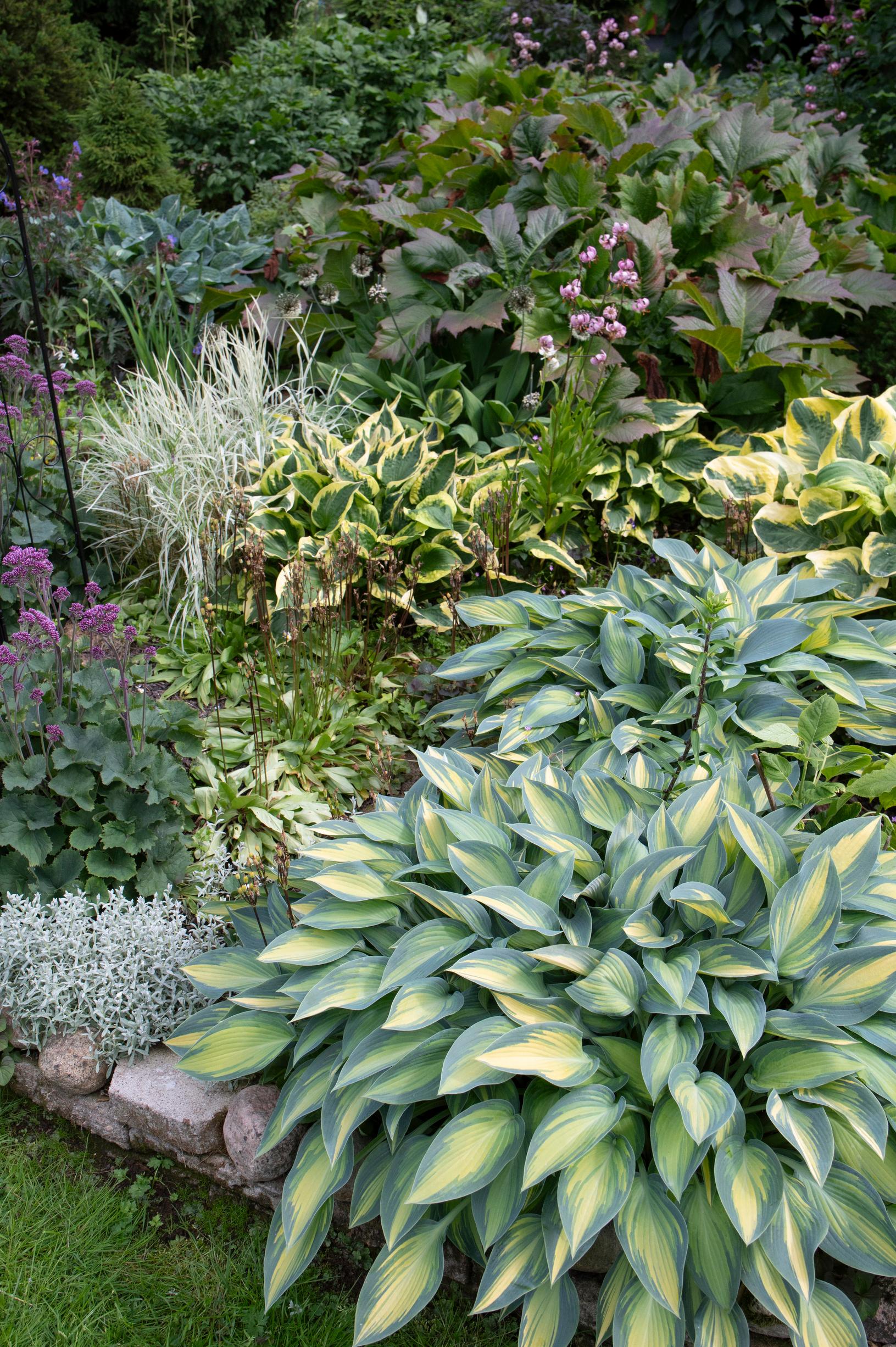
3. Add height
Consider plant heights and group them based on your viewpoint. Include shrubs or smaller trees among perennials to create more varied heights. Trees can offer valuable shade for species that prefer partial shade. Go for smaller, slower-growing trees, since birch competes too aggressively with perennials.
4. Prevent spreading
Keep invasive plants such as lily of the valley, bellflowers, columbines, and gardener’s garters in check. For plants that spread by roots, use a bottomless metal container or another barrier method. Remove seed pods from self-seeding species before they disperse. Choose clumping species that spread moderately and help block weeds.
5. Use foliage color
Add season-long color with variegated and bright-leaf perennials like brunnera, hosta, bugbane, and coral bells. Also consider colorful woody plants like purple ninebark, plus conifers with silvery or bluish tones.
